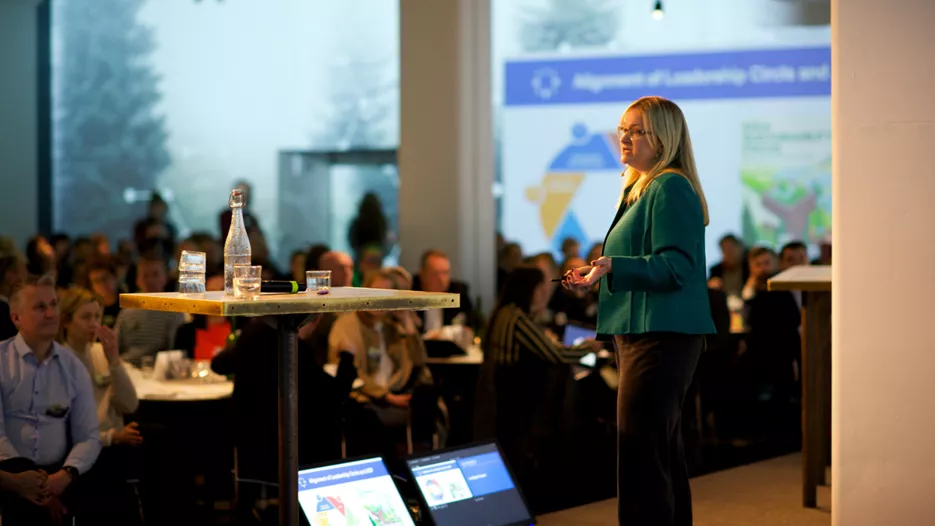Transparency is about helping people make decisions – not about causing reactions
The ASF-report last year was the first time that the Nordic IT-market presented a collective voice on where the industry needs to go in terms of sustainability.
- It was a unique voice, not only because it represented the customer perspective of a leading market but also because it highlighted some aspects that had not yet come up in other dialogues, says Deborah Albers.
The Responsible Business Alliance (RBA) is an association of companies related to the electronics industry and consists of more than 145 members. Members come from all parts of the supply chain with one joint aspiration: to drive social and environmental change within the industry. And with muscle mass like theirs, they have every possibility to do so.
- Our members have annual revenue of about 5.5 trillion dollars, if you were to collectively add them up, and over 6 million workers in the supply chain, Deborah explains.
Positioned to drive immediate change
The RBA has a history, and a clear process, of collecting inputs from different companies, stakeholders, governments and NGOs. However, when the ASF-initiative launched in 2018 it stood out.
- What is really interesting with the ASF is that it’s the customers, the buyers, that are behind this. They are positioned in a way that they can drive immediate change. And especially buyers from the Nordic market as they are willing to push the envelope much further. Having them take the lead makes it easier for others to follow.
The fact that Nordic IT- buyers named transparency their highest priority when it comes to sustainability did not come as a surprise to the RBA. On the contrary, transparency had come up several times in leadership dialogues and sensing surveys. But the ASF-report did shed some new light on the matter.
- About three quarters ago, when the RBA got together a lot of industries, we were asked to come up with a few things that would help the companies determine what level of transparency they were willing and able to provide. We found that there were differences in customer contracts and where you were in the supply chain. So together with the GRI* we worked out a general program on transparency, including indicators on conflict minerals and forced labor. But partly as a result of the ASF-report last year the program now also includes additional indicators for transparency in the supply chain as well.
The ASF-report also highlighted some of the struggles that immature companies often face, something that had not been deeply looked into before. Overall the report took on a much more balanced perspective than previously seen.
- Everybody agrees that transparency is important and that they want to increase it, but there are consequences involved for younger or smaller companies that sometimes make it difficult to be transparent. They have to increase resources, spend more money and make more changes. This was called out in the ASF-report as a risk, and it was just not something that had come up earlier, because everyone just wanted to push the needle forward.
Transparency that educates
So, a year after the report launched: Is transparency increasing within the IT-industry? How is the RBA working to support the supply chain going forward? And what do we need to be careful about, in order to keep making progress?
- There has been a change where brands have led the way, and they are becoming more comfortable in being transparent now. But we are hoping to make that easier farther down in the supply chain as well so that they worry less about the journey they have to take. We will tell them about the indicators they should be focusing on, to what level they need to discuss them, and teach them how to be transparent in a way where they educate on what the results mean. If for example your audit scores drop from one year to another you need to be able to explain that maybe your score dropped because your protocol is much stricter than last year. Companies need to be transparent in a way that you don’t have to be a sustainability guru to understand, Deborah says.
Something to keep in mind:
”Be careful not to misinterpret data. We need to be transparent in a way that helps people make decisions rather than causing reactions.”
For more information please contact













